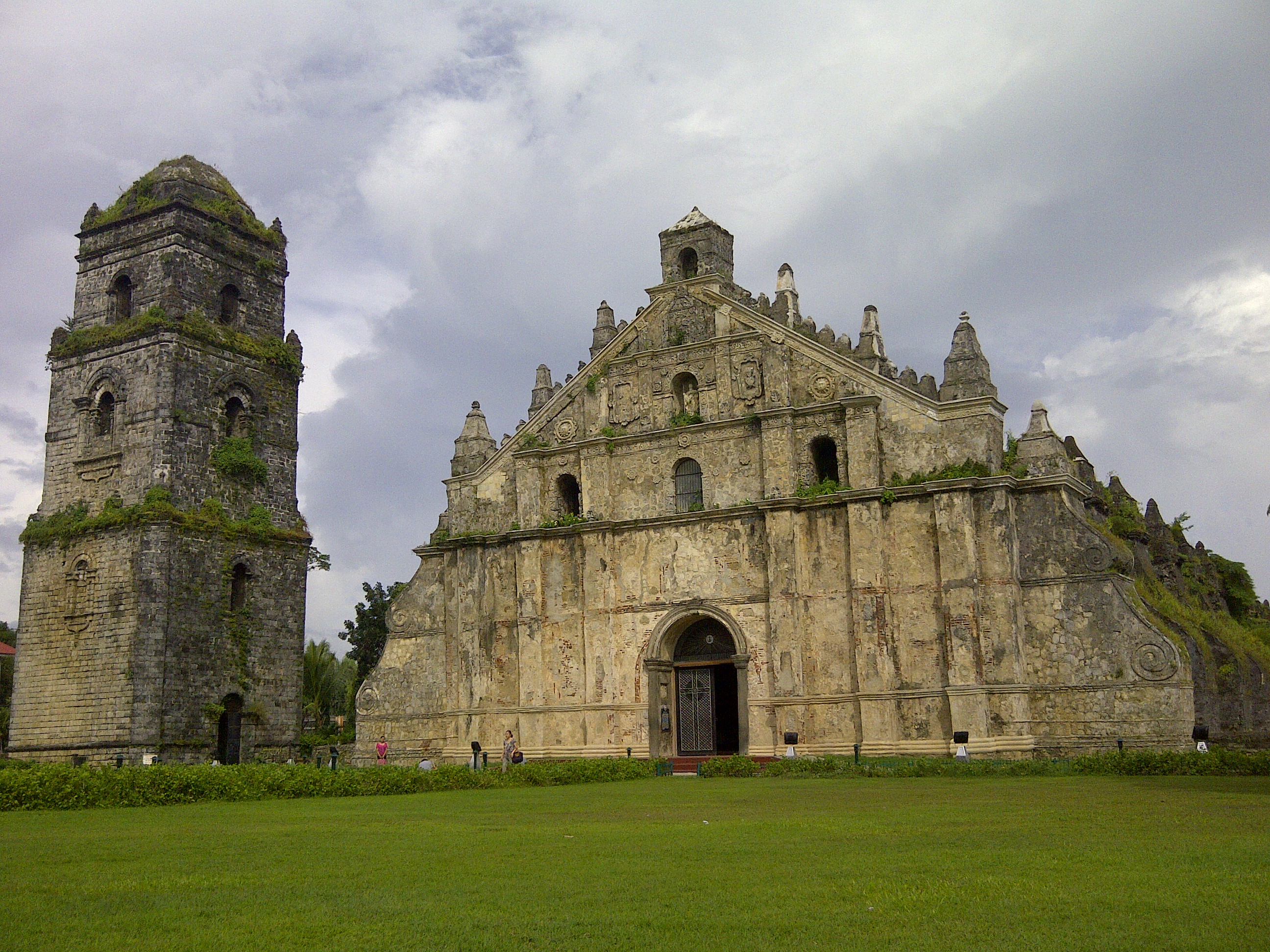A short tour of the world’s inspiring sacred buildings
Lenten Campaign 2025
This content is free of charge, as are all our articles.
Support us with a donation that is tax-deductible and enable us to continue to reach millions of readers.
Peruse Aleteia’s selection of 12 religious buildings, dating from the 5th century to present day, that are not to be missed. Take an aesthetic and spiritual journey through the centuries and over the 5 continents to discover or rediscover these magnificent buildings.
1. Church of Saint Simeon Stylites in Syria
In northern Syria, the ruins of this Byzantine church still display a very beautiful architectural ensemble dating back to the 5th century. The church was built on the spot where St. Simeon had retired atop a pillar to pray. This is the origin of the name “Stylite,” the Greek term stylos referring to a column.
2. The Mont-Saint-Michel
Wonder of French architecture, Mont-Saint-Michel has been a major place of pilgrimage since the 9th century. Its origin dates back to the early 8th century, when Saint Aubert, bishop of Avranches, claimed that in an apparition the Archangel Michael himself ordered him to build a chapel on the island and dedicate it to him.
3. Cologne Cathedral
A masterpiece of Gothic architecture, the cathedral dates from the middle of the 13th century and was inspired by the cathedrals of Amiens and Beauvais. The towers were completed according to the old plans only in the 19th century. Rising 157 meters high, it is the second highest church in the country and the most visited monument in Germany: perhaps you caught a glimpse of it during the 2005 WYD?
4. The Slovenian Church of St. Mary of the Assumption
This small church is built in the middle of Lake Bled in Slovenia. Ninety-nine steps lead to the shrine at the top of the island. The building was built in the 15th century — frescoes of that era remain — then remodeled in the 17th and 18th centuries. A real curiosity!
5. The Basilica of Saint Peter in Rome
Built on the site of St. Peter’s tomb, the basilica is an inescapable pilgrimage destination. If you are not lucky enough to see the pope, you can always admire the spectacular architecture of the building. Artists who participated in its construction — the architect Bramante, sculptors Michelangelo and Bernini — are nothing less than absolute geniuses.
6. The Cathedral St. Basil the Blessed in Moscow
The Orthodox cathedral known as St. Basil’s Cathedral, or the Cathedral of the Intercession of the Virgin, dates from the 16th century. According to Tsar Ivan IV’s request, a church was built on the Red Square to commemorate the capture of Kazan by Russian troops. A few years later, in 1680, the wooden church was painted and covered with iron decorations and tiles.
7. Cathedral of Quito
On the Plaza de la Independencia in the Ecuadorian capital, this cathedral has been welcoming worshipers for five centuries. Stocky and low due to the earthquakes that plague the country, it is beautifully decorated inside. The ceiling is in the Mudejar (Moorish) style while the paintings are by artists of the quitena (or Quito) School of Art.
8. Saint Paul’s Cathedral in London
After the Great Fire of London of 1666, this famous monument was built in the heart of London on the site of the old cathedral. The architect Sir Christopher Wren adopted a Greek cross design surmounted by an impressive dome inspired by that of St. Peter’s Basilica in Rome. Blithely mixing Classical and Baroque styles, he built a monumental cathedral whose summit is over 110 meters high!

9. The Church of San Agustin in the Philippines
This parish church was built in the early 18th century in the town of Paoay in the Philippines. A beautiful example of Baroque architecture, it illustrates the Chinese and Philippine craftsmen’s interpretation of this particular European style. At the time, the church played a supporting role to the Spanish colonists and reflects the political influence of the Catholic Church in the archipelago.
10. The Cathedral St. Patrick of Melbourne
Built in a neo-Gothic style between 1858 and 1939, it is the largest church in Australia, more than 100 meters long. The Cathedral was granted the title of minor basilica in 1974 by Pope Paul VI, and Pope John Paul II visited it in 1986.
11. LaSagrada Familia in Barcelona
This atypical structure by the architect Gaudi was initiated in 1882 and should be completed … in 2026! Funded solely by donations from visitors, the basilica has a complex iconography developed by the architect who designed his work like a “mystical poem.” The style is organic Art Nouveau, teeming with irregular lines, organic and plant motifs as well as other highly stylized forms.
12. The Hallgrímskirkja church in Reykjavík
This impressive Lutheran church stands in the middle of Iceland. Its architecture is a strong reference to Icelandic nature, particularly the basalt columns. Built in concrete between 1945 and 1986, it is named after the poet and pastor Hallgrímur Pétursson (1614-1674), one of the most influential pastors during the Age of Orthodoxy.
More to read: WATCH: Flying in the heart of a French Neo-Byzantine church







